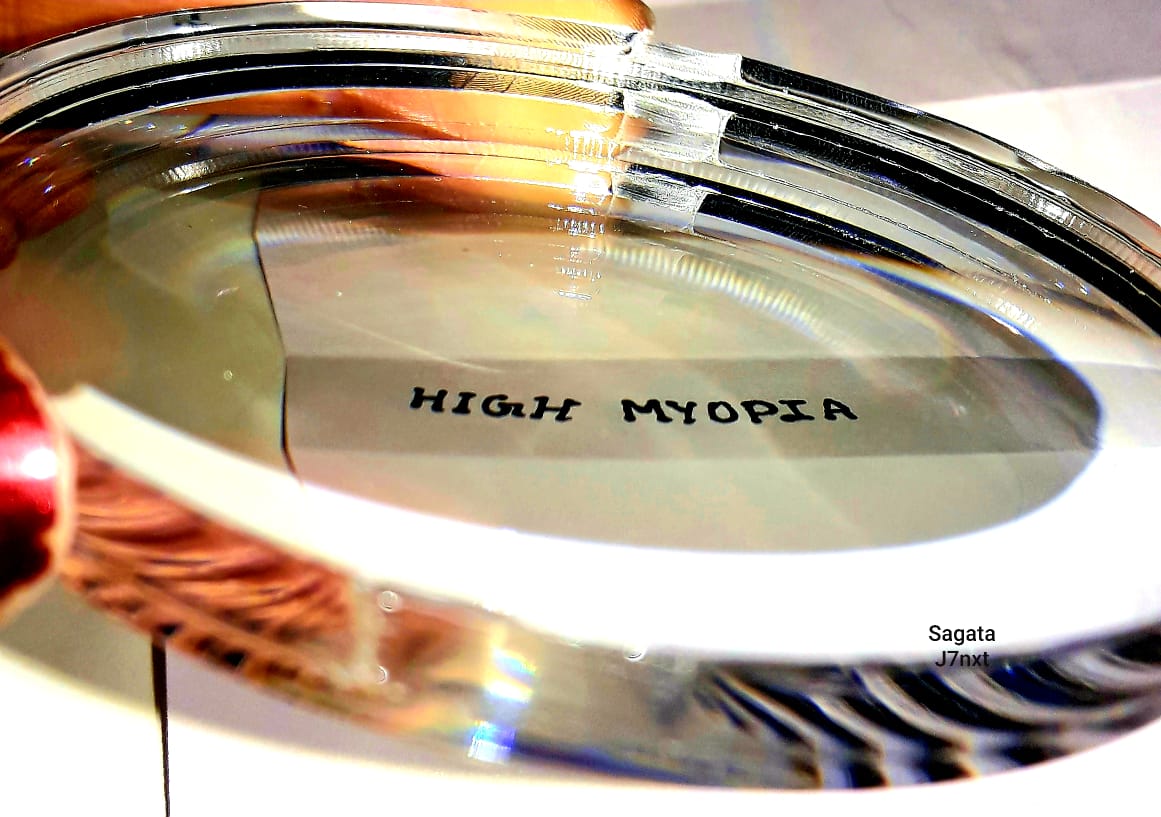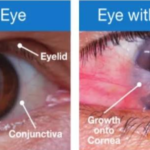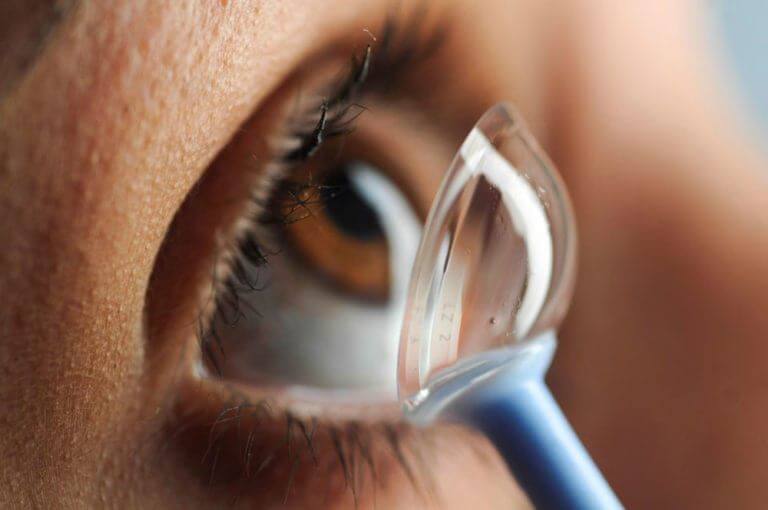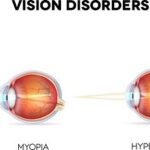‘’ The stigma of oddness is the price a myopic world always exacts of genius ‘’- Amy Lowell.
Nowadays, refractive errors in the eyes are the most common thing in everyone’s life.
And the most common reasons are-
A. Health problems (unhealthy lifestyle)
B. Digital life (house prisoner life)
C. Lack of awareness.
The most common name for every eye defect is myopia. Can’t find people who aren’t familiar with this term.
According to research and studies, in recent years, the prevalence of myopia has been increasing in all regions of the world.
The number of people with myopia worldwide will continue to rise and the proportion of people with high myopia will continue to rise. Thus, myopia (people with mild to severe myopia) could reach 25% of the world’s population by 2020 and about 50% by 2050. The average tendency for high myopia (above -5.00d) will increase from 2.7% to about 10% by 2050. This is why optometrist, ophthalmologists are 200% more concerned about myopia as well as high myopia. High myopia which consists of two words, the first is high, the second is myopia. While the term myopia is risky, high myopia is more risky.
High myopia is a condition characterized by very high levels of myopia. Since myopia is the name of the treatment for shortsightedness , “high myopia” is another way of saying “severe shortsightedness”. If left untreated, high myopia can increase your risk of vision loss later in life. It is more dangerous and more difficult to cure. The shortsightedness occurs as a result of the slightly elongated eyeball shape. When the eyeball is long, the rays of light focus too much on the front of the retina, while the accommodation is at rest. This makes distant objects appear blurred while nearby objects appear clearer.
People with high myopia have larger eyeballs than people with mild myopia, which means that light stays farther away from their retina and produces blurred vision. Inherited genes may play a role in the development of high myopia. Children are at higher risk for this condition when one or both parents have severe myopia. Not only visual impairment but the individual is also at risk for specific vision-related illnesses, including:
▪Retinal deviation
▪Cataracts etc.
People with high myopia are 5% to 6 times more likely to develop retinal detachment than those with myopia. Cataract removal surgery of high myopes requires 15% more than those of mild myopia. People with mild myopia to high myopia have a 50% higher risk of developing open-angle glaucoma. If your child’s vision deteriorates year after year, ask your eye consultant about the slow or slow progression of myopia control methods.
1. Concerns about High Myopia : One of the major disadvantages of high myopic individuals is the difficulty in reading small words despite refractive error correction.
2. Contrast Sensitivity: Another difficulty is to understand the low contrast letters which is necessary in our daily life because in high myopia we see more loss of sensitivity to the contrast.
3. Increases of Recovery Time : After glare, the recovery time is defined as, The time required to perform the initial task after glare exposure is not in favor of myopic than in hyperopic subjects.
4. Social impacts : Mostly high myopia levels are directly related to lower general satisfaction in the activities of daily living, especially due to visual impairment while driving.
Through the study, visual disadvantages are not only on the priority list, but also the aesthetic, practical and financial aspects of the disadvantages.
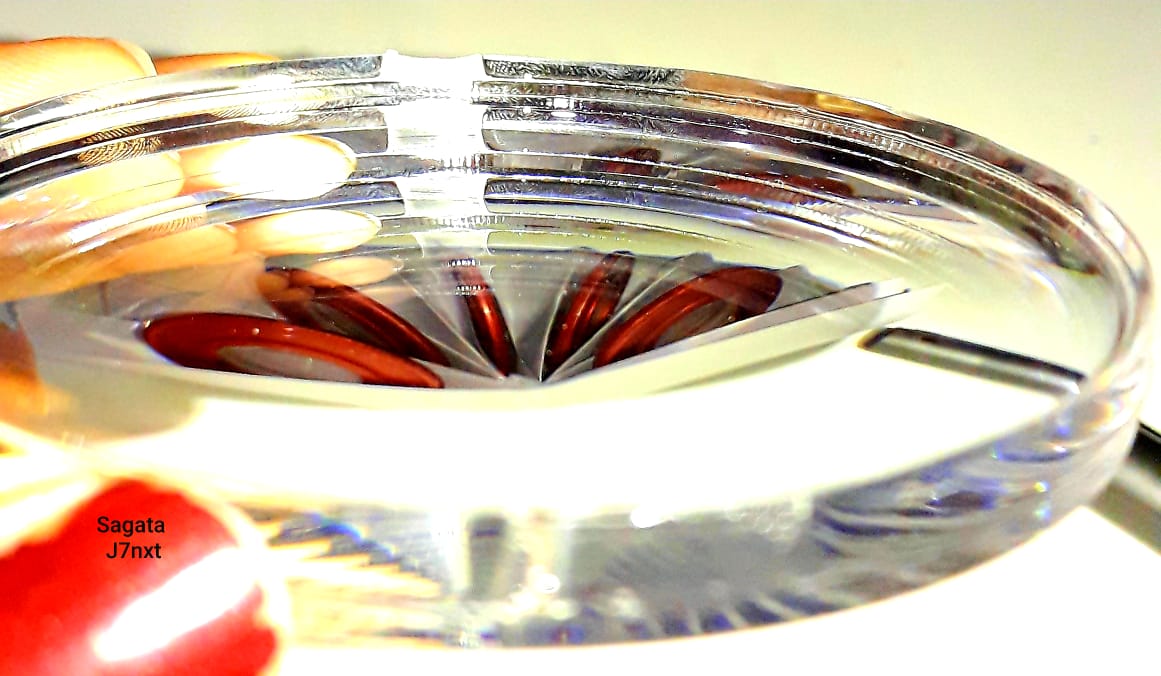
■ The risk factors of visual impairment in high myopia :
● Macular degeneration , it occurs due to myopia rises sharply with age and increasing myopia.
Others risk factors of High myopia :
● Glaucoma (open-angle)
● Cataract (nuclear, cortical and posterior subcapsular)
● Retinal tears which may lead to a retinal detachment.
● Myopic maculopathy or myopic macular degeneration.
High Myopia Management : Periodic eye examination (every 2-3 years for healthy patients under the age of 50, and every year for patients over the age of 50 or known as a cause of health risks). Learn family history for any eye problems you know Follow a healthy lifestyle. Eat nutritious food for eyesight. Options may include glasses, contact lenses and eye drops or other medications. In some cases surgery may be required.
N.B : ‘Spectacles in High Myopia’ will all be present in my next part.

